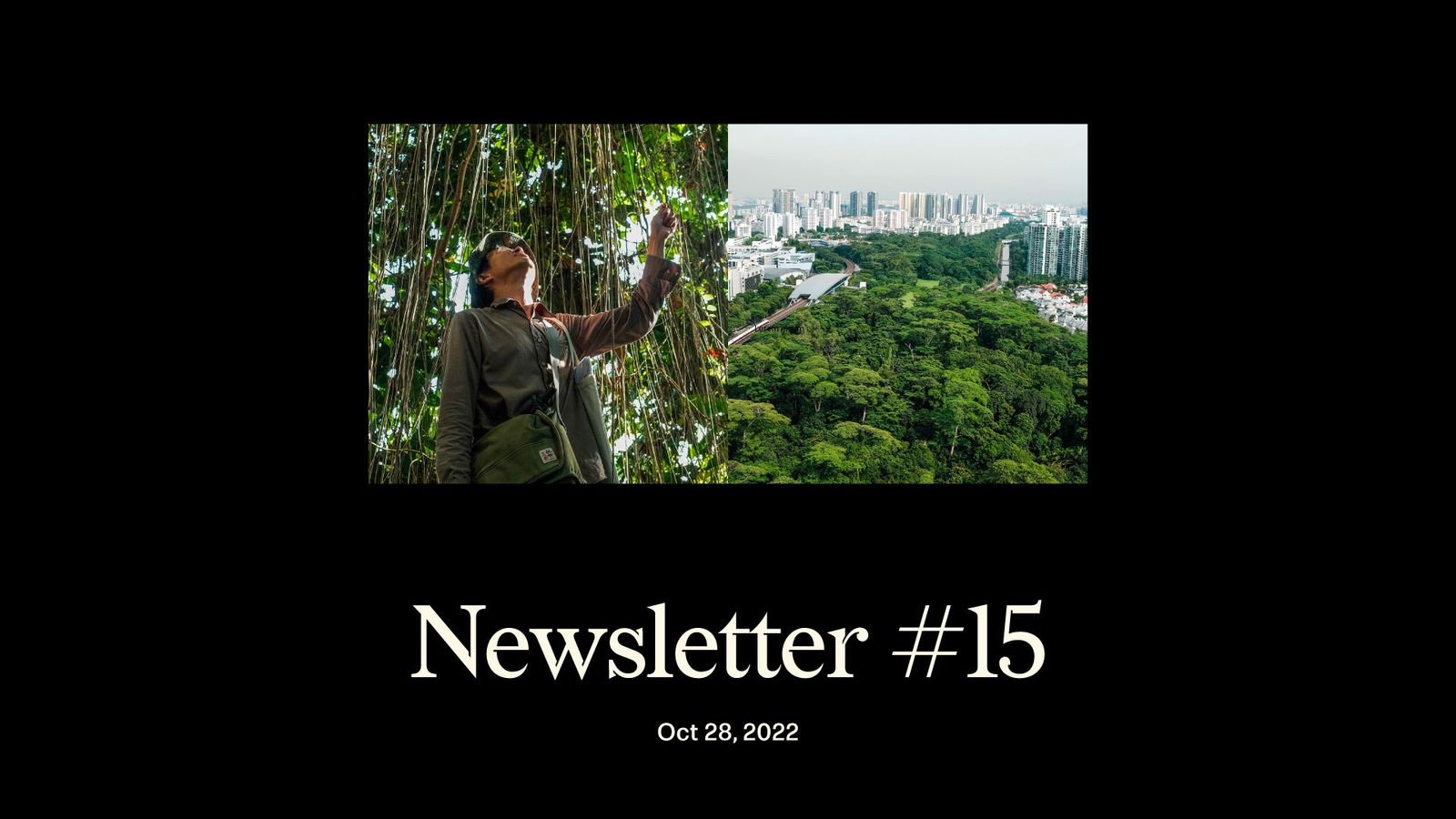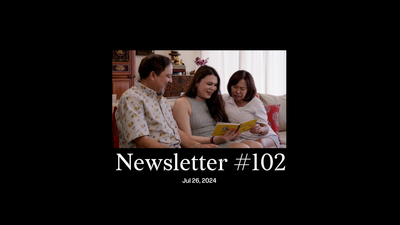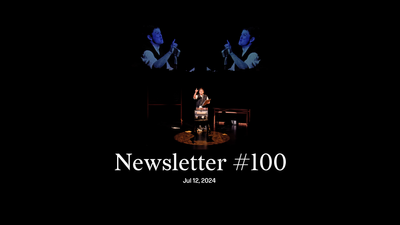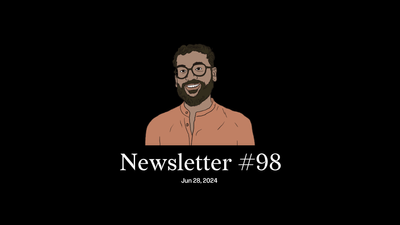Dear reader,
Jom masuk hutan! Let’s enter the forest!
In today’s note I’ll talk about Dover Forest East, one of the main points of contention between conservationists and the government in recent years. And given that Jom has published our first-ever piece of videojournalism, “One person’s quest to save Dover Forest”, I’ll also talk a bit about our approach to video.
But first, you should know that this is almost certainly your last weekend to visit Dover Forest East. (Entrance: dropped pin here.)
We expect the authorities to cordon it off from Monday, October 31st, ahead of it being razed for public housing.
Why visit? Well, you might want to see the banyan-strangled-durian or the glow-in-the-dark mushrooms that we describe in our accompanying essay, or the many other species, some endangered in Singapore, that call the forest “home”.
It’s also my guess—and I’m going out on a limb here—that Singapore may come to remember Dover Forest as one of the major milestones in society’s shift towards a more holistic, ground-up, form of public deliberation.
Change has been happening slowly, in line with the bulldozer’s relentless march, including through Bukit Brown and at the Cross Island MRT Line (which will burrow below MacRitchie Reservoir).
Yet a few things make Dover Forest unique. The first is that only the “East” is going to be culled now. The “West” will be untouched for at least another 10 years. This has given activists, including Chua Chin Tat, the protagonist in our essay and video, hope of eventually changing the bureaucrats’ minds. They are organising. (Join him: doverforest.sg.)
So it’s entirely conceivable that Singapore may conserve the whole of Dover Forest West, in which case it will continue thriving, on its own, standing tall, a reminder of its geographical sibling that, erm, made the cut.
This must be set against some socio-political trends. This includes the environmental activism that has taken root amid the climate emergency, and growing disgruntlement about the relatively opaque way the bureaucracy makes land-use decisions. Many also seek to tweak the way the housing market functions so as to dampen speculation, with one potential outcome being that we raise the premium we place on green spaces.
These are thorny issues for the incoming “4G” leadership of the ruling People’s Action Party (PAP). Yet political dynamics suggest that it will be more open than previous ones to “citizen co-creation” in decision-making about Singapore’s future. (No doubt, some would call this last one less a “trend” than a foolish bet.)
Let’s move onto Jom’s decision to branch out to video. Well, it’s something that we’ve always wanted to do, and from the moment Chin Tat first walked us through the forest, we thought that this might be the story. Among other things, I think his calm, self-effacing nature makes for a great interviewee for a potentially contentious issue (engagement with the government).
Videojournalism is crucial in today’s media world. It’s one of the reasons I started dabbling in video a few years ago, and it’s something that Jom’s core team, I think, will be able to do really well. For magazines like ours, this includes short–and possibly even long-form–documentaries.
The main problem is that they are expensive to produce and the path to profitability isn’t always clear. There’s only so much one can make through advertising on platforms like YouTube, unless you’re willing to sell your soul to the Gods of sensationalised, superficial, slapdash drivel. (Hello, Nas Daily.)
So, for a small, subscription-based outfit like Jom, we have to be prudent and deliberate when it comes to video.
Some might wonder why we don’t do more videos with influencer-style narrators speaking directly to the camera. I think this format can work really well in situations (e.g. ContraPoints) though I haven’t seen many outfits that focus on the written word also doing this often and well (Ezra Klein in his early Vox days a possible exception).
The other reason we don’t want to do this is because we don’t want one person’s image, voice or presence to dominate the Jom brand. Perhaps if we keep growing, and have lots of different editors and units, I can see the potential for a video talk show. But for the time being, we’ll leave that to the real experts, like Walid Jumblatt’s “Teh Tarik with Walid”.
For now we want to make videos, like today’s on Dover Forest East, that combine deep research, storytelling, cool visuals, and urgent messages.
It’s our first video, jom tonton! And please reply to let me know what you think of it.
Best wishes,
Sudhir Vadaketh
Editor-in-chief, Jom
If you've enjoyed our newsletter, please scroll to the bottom of this page to sign up to receive them direct in your inbox.






